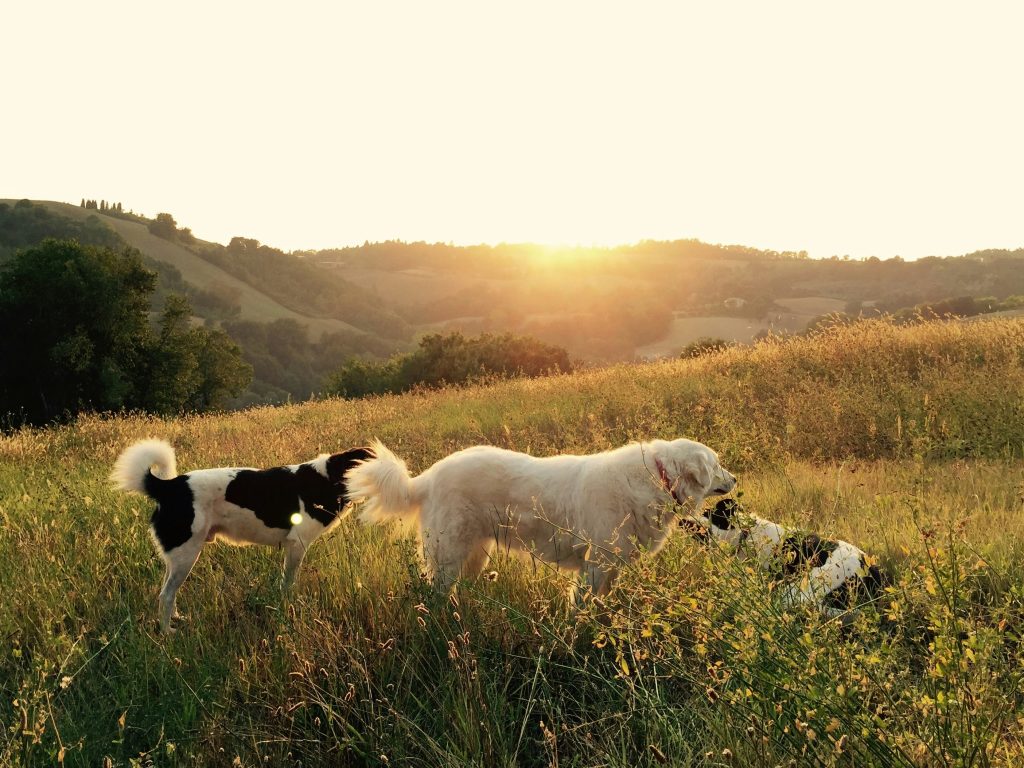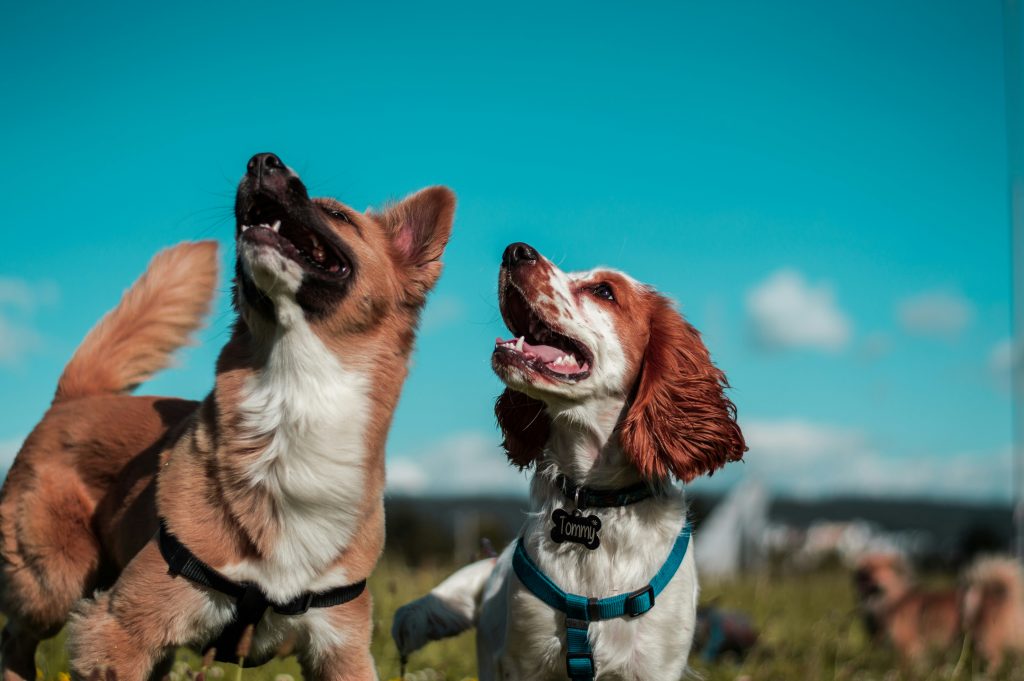Boost Your Dog’s Health With Enrichment
When we think of keeping our dogs healthy, we often focus on food, exercise, and vet care. But one crucial element often gets overlooked: enrichment.
Enrichment activities challenge your dog’s brain, satisfy their natural instincts, and provide the mental stimulation they need to stay happy and healthy. Without it, even a physically active dog can become bored, anxious, or frustrated.
In this blog, we’ll explore why enrichment matters, how it boosts your dog’s wellness, and practical ideas to make enrichment part of your daily routine.
Why Enrichment Matters for Dogs
Dogs are intelligent, curious animals with natural drives — like sniffing, digging, chewing, and hunting — that need outlets. Enrichment fulfills these needs, preventing boredom and reducing behavioral issues such as:
-
Destructive chewing
-
Excessive barking
-
Restlessness or hyperactivity
-
Anxiety and stress
Beyond preventing problems, enrichment builds your dog’s confidence, sharpens their mind, and strengthens your bond.
Types of Enrichment
There are many ways to enrich your dog’s life. Here’s a breakdown of some of the most effective categories:
-
Food Enrichment:
Turn mealtime into a brain game.
-
Puzzle feeders and treat-dispensing toys
-
Scatter feeding (hide kibble around the house or yard)
-
Frozen stuffed Kongs with peanut butter or wet food
-
Homemade snuffle mats to encourage foraging
-
Physical Enrichment:
Mix up your dog’s exercise routine.
-
Walk new routes and let your dog sniff
-
Play hide-and-seek with toys or people
-
Set up mini agility courses at home
-
Sensory Enrichment:
Stimulate your dog’s senses.
-
Offer new scents like lavender or rosemary on toys
-
Provide safe textures to explore, like grass, sand, or water
-
Play calming music or nature sounds
-
Social Enrichment:
Give your dog chances to interact.
-
Arrange playdates with other dogs
-
Visit dog-friendly parks or cafes
-
Practice polite greetings with people
-
Cognitive Enrichment:
Challenge their mind with training and problem-solving.
-
Teach new tricks or reinforce old ones
-
Practice nose work, like finding hidden treats
-
Rotate toys to keep things fresh
Benefits of Enrichment for Wellness
Enrichment doesn’t just entertain your dog — it improves their health in meaningful ways:
-
Mental health: Reduces stress, boredom, and anxiety
-
Behavior: Lowers the risk of destructive habits
-
Confidence: Builds resilience in nervous or shy dogs
-
Physical health: Supports weight management and coordination
-
Human-dog bond: Strengthens your relationship through fun, shared activities
Easy Enrichment Ideas You Can Start Today
Here are some simple, low-cost ways to add enrichment to your dog’s routine:
✅ Stuff a Kong or puzzle feeder before leaving for work
✅ Play “find it” games with treats around the house
✅ Rotate your dog’s toys every few days
✅ Let your dog sniff freely on walks instead of rushing
✅ Teach a new trick or practice obedience commands
✅ Offer supervised play with another dog
✅ Freeze broth or treats in an ice cube tray for a cooling summer treat
Tailoring Enrichment to Your Dog
Not all dogs enjoy the same activities, so observe what excites and engages your pup.
-
High-energy dogs: Benefit from agility, fetch, and fast-paced games
-
Older or mobility-limited dogs: Enjoy nose work, gentle puzzle toys, and scent exploration
-
Shy or anxious dogs: Benefit from calm, confidence-building exercises like trick training and low-pressure socialization
Start with short, positive sessions and gradually increase the difficulty to keep things interesting.
Common Mistakes to Avoid
-
Overdoing it: Too much enrichment at once can overwhelm your dog — balance is key.
-
Neglecting supervision: Always monitor your dog when introducing new toys or activities.
-
Inconsistency: A single enrichment session won’t solve behavioral issues; aim for daily engagement.
Final Thoughts
Enrichment is a powerful tool for enhancing your dog’s wellness, preventing problem behaviors, and nurturing their natural abilities. By incorporating fun, stimulating activities into your dog’s day, you’re not only helping them live a healthier life — you’re also making their world richer, more rewarding, and more joyful.
Start small, observe what your dog loves most, and enjoy the process of discovery together. A happy, enriched dog is truly a healthy dog!


